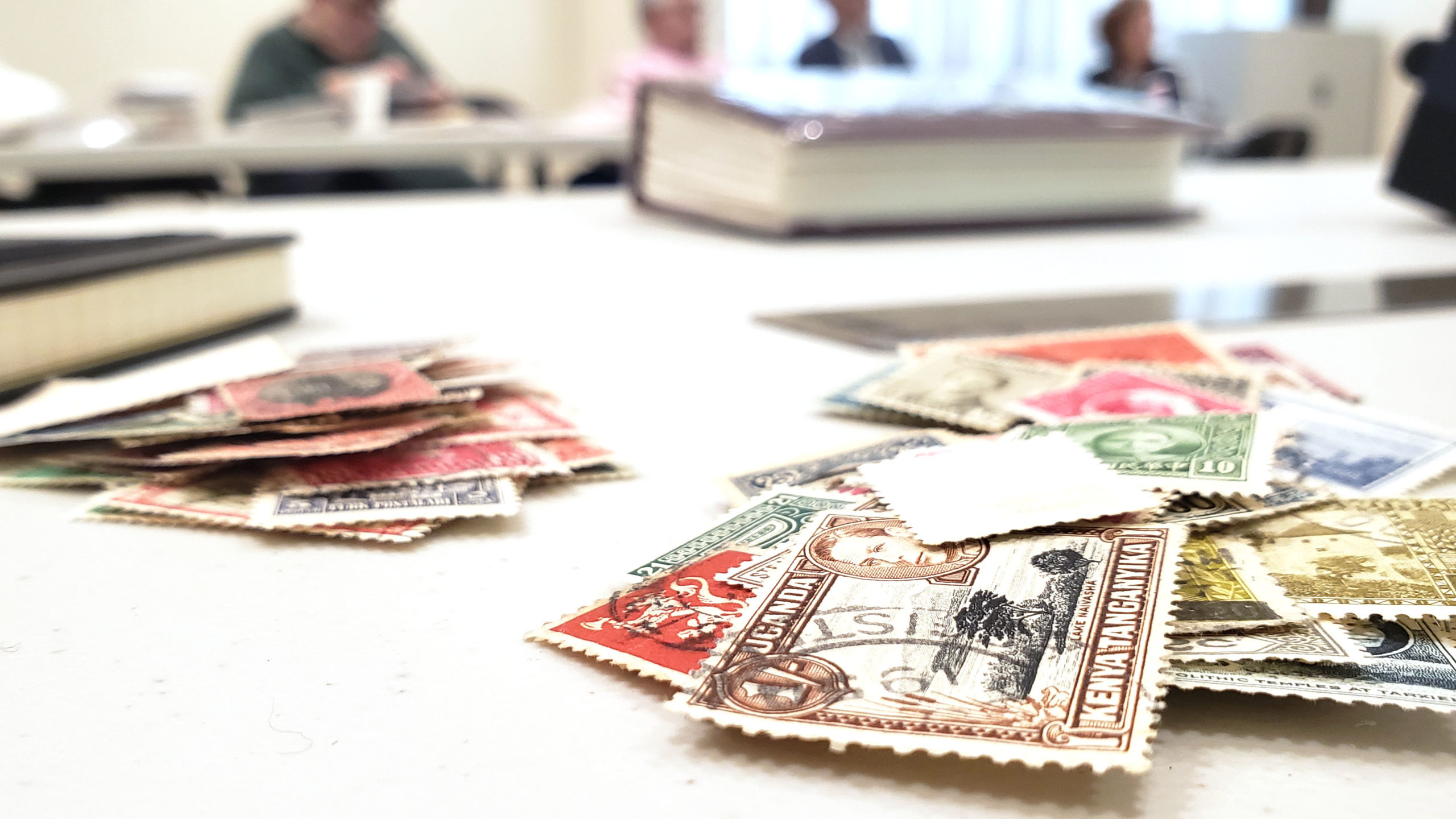Introduction to the French Colonial Group Type
In this presentation, philatelist Edward Grabowski shares his extensive knowledge and personal collection of French colonial stamps, focusing on the “Group Type” and locally produced return receipt (AR) markings. Between 1976 and 2019, Grabowski built an impressive collection, studying the locally produced hand stamps and AR markings used in French colonies during the era of the Group Type stamps, between 1892 and 1898. His research brings to light the unique practices and variations in postal systems within French territories.
Postal System Changes: 1892–1898
During the Group Type period, the return receipt fee (AR) across French colonies was set at ten centimes. Initially, from 1892 to 1898, this fee was prepaid using stamps affixed to the outgoing envelope. The responsibility for processing the return receipt fell on the receiving post office, which would send the completed receipt back to the originating office. After 1898, the AR form would accompany the letter to the receiving office and be returned to the originating office after processing, marking a notable shift in procedure.
The Standard AR Hand Stamp
The standard AR hand stamp used in French colonies was octagonal and chamfered, a design element common in French postal markings. This octagonal shape is called “chamfered,” a term also used in furniture design, where corners are beveled or cut diagonally. The AR hand stamp was provided to colonial post offices as part of the standard postal tools, ensuring consistency across French territories.
One remarkable example Grabowski showcased was a registered letter sent from a small village in French Sudan to Paris in 1896. The letter had a military concession rate of 15 centimes, instead of the usual 25 centimes, due to military postal privileges. The cover displayed a variety of postal markings, including registration and AR markings, which illustrated the complexity and multi-layered nature of colonial postal systems.
The Role of Locally Produced AR Markings
Beyond the standard AR markings, many French colonies created their own hand stamps for AR requests. These locally produced markings, which were not issued by the Paris postal authorities, provide fascinating insight into the adaptability of colonial postal systems.
A Case from Haiphong
One example featured a letter sent from Haiphong (in French Indochina) to Philadelphia in 1895. The return receipt request on this cover was marked with a locally fabricated boxed hand stamp, unique to Haiphong. This variation in postal practice highlights the localized approaches taken by individual colonies to handle mail, particularly when standard tools were unavailable.
In another exceptional case, Grabowski reunited a registered letter from Haiphong to Australia with its original return receipt, creating a rare matched set of postal history. The return receipt, marked with a locally produced AR hand stamp, provided critical verification of the letter’s journey, making this find incredibly rare and valuable.
Manuscript AR Requests and Unique Variations
In addition to hand stamps, some colonies used manuscript annotations to indicate AR requests when standard AR markings were unavailable. One notable example was from the French Sudan town of Kays, where a registered letter from 1894 bore a manuscript AR request in place of a hand stamp. Due to stamp shortages at the time, Senegalese stamps were used on the letter, further illustrating the resourcefulness of colonial post offices.
Another case from the colony of Benin (later known as Dahomey) showed a registered military concession letter with a handwritten AR request. The postal system in Benin evolved rapidly during this period, as the colony’s name and postal markings changed several times between 1892 and 1899.
Postal History from New Caledonia and Other Colonies
Grabowski also explored the postal history of New Caledonia, a French colony in the Pacific. A 1898 registered letter from the village of La Foa, with a locally created AR hand stamp, provides an example of how remote colonies managed their postal systems. The cover carried markings indicating registration, a return receipt request, and a local registry number—demonstrating the complexity of colonial postal procedures.
Similarly, French Oceania, another far-flung colony, used locally produced AR hand stamps. These circular markings differed from the standard octagonal hand stamps used in other colonies, emphasizing how each colony adapted its postal systems to local conditions.
Conclusion: A Rare and Valuable Collection
Through his detailed research and collection, Edward Grabowski sheds light on the fascinating world of French colonial postal history. His exploration of locally produced AR markings, manuscript requests, and other unique postal elements underscores the diversity and adaptability of the French colonial postal system during the Group Type period. His collection, spanning over four decades, includes some of the rarest covers and AR markings, offering invaluable insights into a lesser-known aspect of philately.
For collectors and historians alike, Grabowski’s work serves as a reminder of the rich history preserved in these stamps and covers, reflecting the intricacies of colonial life, commerce, and communication.






